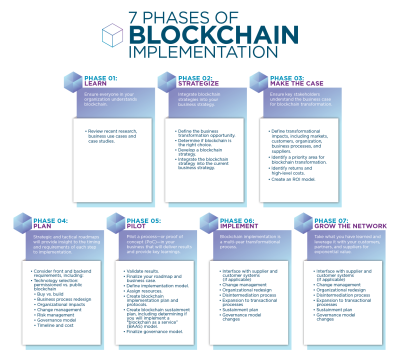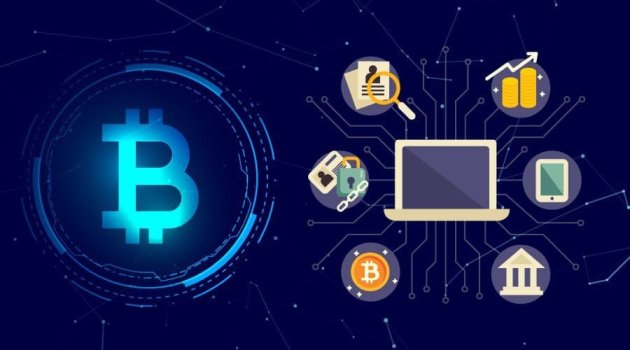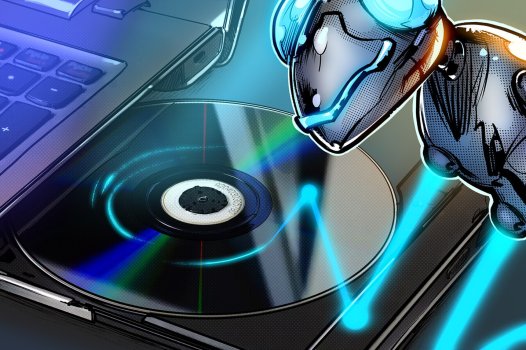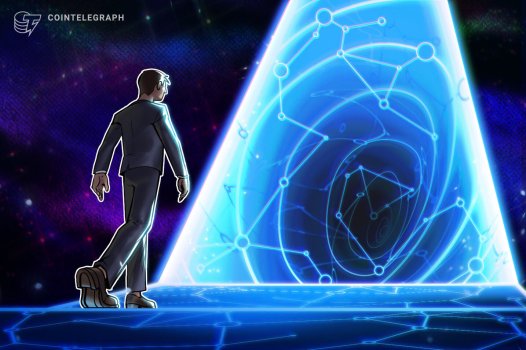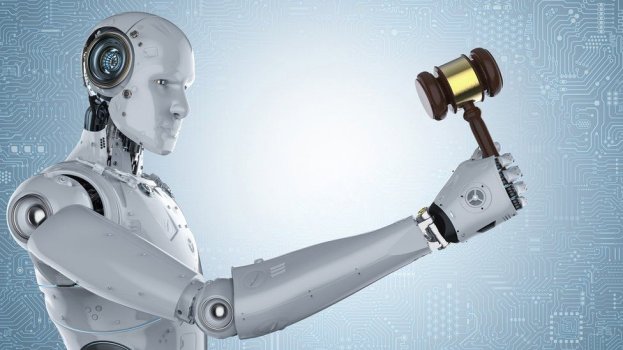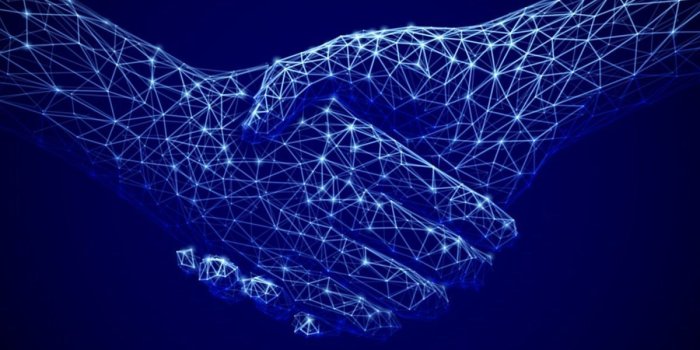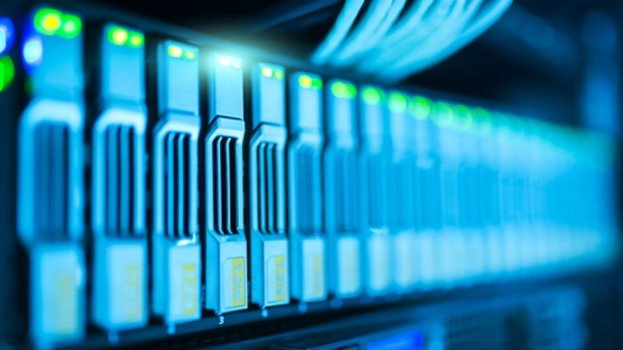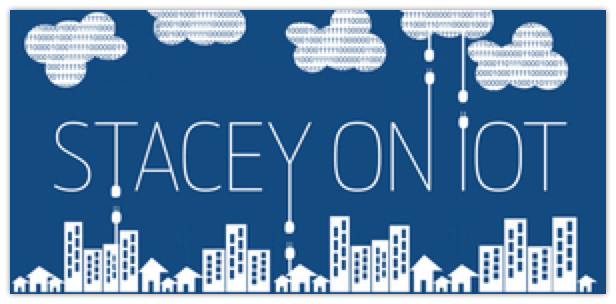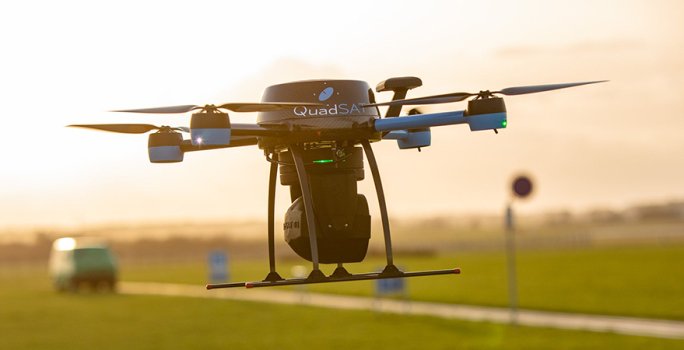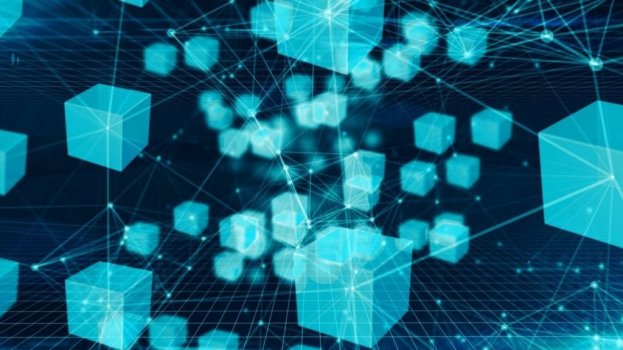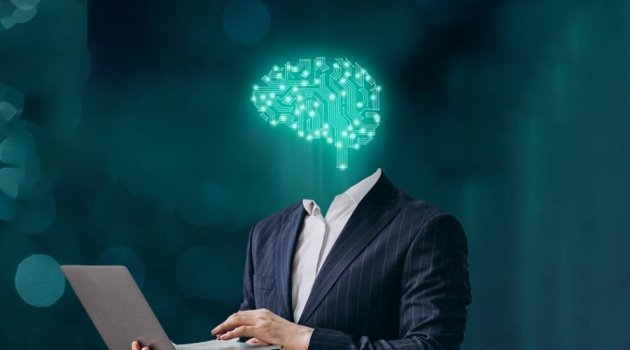Mobilicom launches world-first AI-based 360° Cybersecurity Suite for drones, robotics
- Drone Technology
- 0 Replies
- First-ever AI-based 360° drone cybersecurity system that can detect, prevent, and respond to multiple cyber threats in real-time without requiring an operator
- Designed specifically for industrial and commercial drones, robotics, and autonomous platforms, Mobilicom’s ICE Cybersecurity Suite is a 3600 and multi-layered system that protects the platform, safeguards communication channels, and encrypts data
- The system will be incorporated into Mobilicom’s range of end-to-end smart solutions for the drone and robotics market and caters to fast-growing cybersecurity demand
- The Cybersecurity Suite expands Mobilicom’s offering and aligns with its transition to a software-as-a-service business model
Mobilicom’s ICE cybersecurity suite is the first AI-based 360° system in the world to be able to detect, prevent and respond to multiple drone/robotics cyber-attacks in real-time without requiring intervention by an operator. The ICE multi-faceted and multi-layered suite protects the platform, safeguards communication channels and encrypts the data that is transmitted and collected.
Specifically designed for commercial and industrial drone, robotics and autonomous platforms, Mobilcom’s ICE cybersecurity solution protects against more than 10 different types of cyber breaches and malicious attacks including jamming.
Continue reading: https://www.suasnews.com/2021/08/mobilicom-launches-world-first-ai-based-360-cybersecurity-suite-for-drones-robotics/

